Introduction
Seeds are essential ingredients in sausage making that enhance flavor complexity, add texture, and balance fat content. Whether you're making Italian sausage, German bratwurst, or homemade chorizo, the right seeds can transform your recipe from ordinary to extraordinary. This guide covers everything you need to know about seeds in sausage making, including top seed choices, usage techniques, and expert buying tips to elevate your homemade sausages.
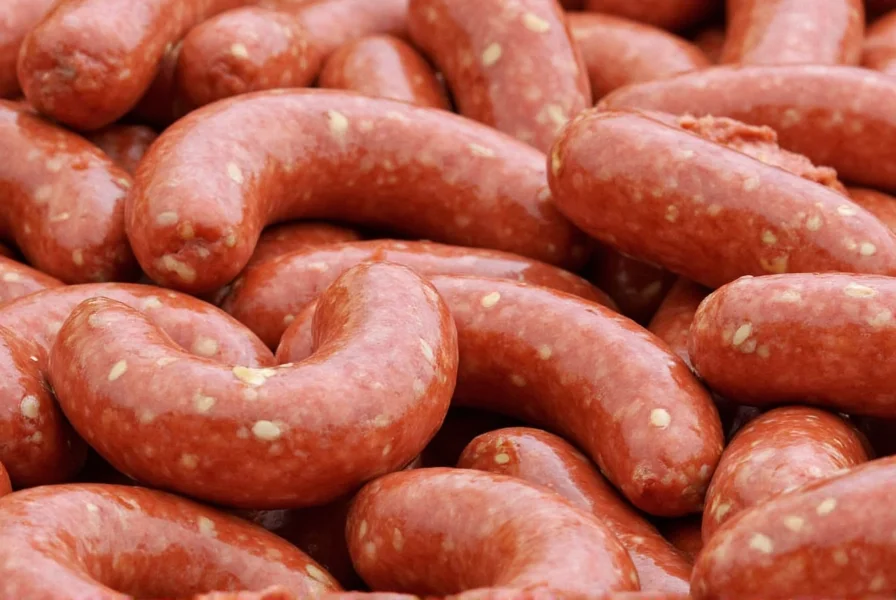
Why Seeds Matter in Sausage Making
Seeds deliver unique flavor profiles and textural elements that herbs alone cannot replicate. Food scientists confirm that toasting seeds releases essential oils, enhancing aroma by up to 40% (American Meat Science Association). This creates "flavor punctuated eating"—a sensory experience where seeds burst with flavor during chewing, balancing fatty meats perfectly.
Popular Seeds Used in Sausages
| Seed Type | Flavor Profile | Common Uses | Texture Contribution | Expert Tip |
|---|---|---|---|---|
| Fennel Seed | Sweet, licorice-like | Italian sausage, merguez, breakfast links | Mild crunch with aromatic release | Best for pork-based sausages; use 1 tsp per pound of meat |
| Caraway Seed | Earthy, nutty, slightly peppery | German bratwurst, rye breads | Noticeable crunch and lingering aftertaste | Essential for authentic bratwurst; pair with veal or beef |
| Coriander Seed | Citrusy, warm, slightly floral | Eastern European sausages, lamb blends | Soft crackle when toasted | Toast lightly before grinding to maximize citrus notes |
| Anise Seed | Strong licorice flavor | Mediterranean and North African sausages | Subtle but distinct texture and bold flavor | Use sparingly (0.5 tsp per pound); avoid in pork sausages |
| Cumin Seed | Earthy, smoky, warm | Mexican chorizo, game meat sausages | Minimal crunch but deepens flavor base | Raw cumin works best for chorizo; roast for lamb blends |
The Science Behind the Crunch
According to USDA guidelines, seeds release volatile compounds when heated, enhancing aroma and flavor complexity. Whole seeds provide textural contrast, while crushed seeds distribute flavor evenly. For optimal results, always toast seeds before use—this activates essential oils and prevents bitterness.
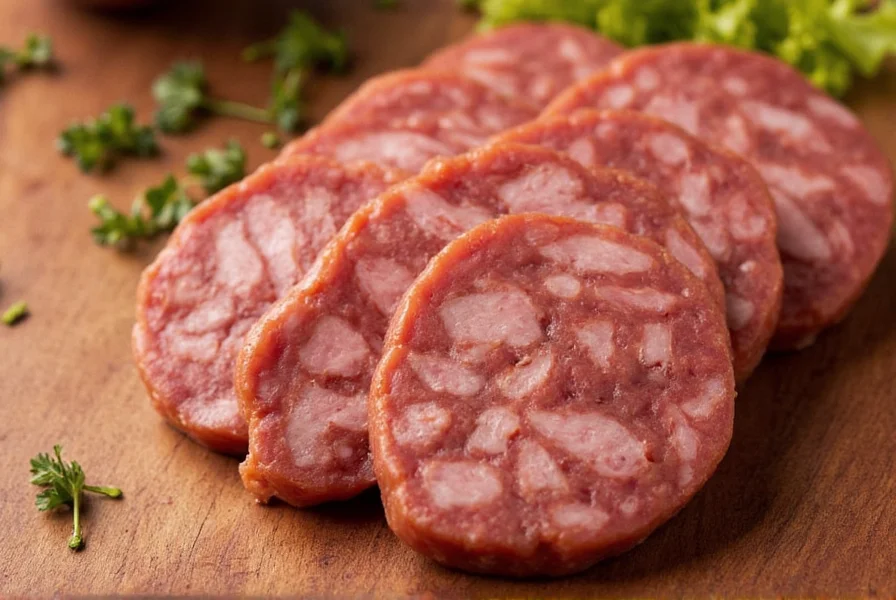
How to Use Seeds in Sausage Recipes
Dos and Don'ts of Seed Inclusion
- Toast Before Grinding: Lightly roast seeds like coriander or cumin in a dry pan for 2-3 minutes to intensify flavor. Pro tip: For Italian sausage, toast fennel seeds to balance pork fat.
- Avoid Over-Grinding: Keep whole seeds intact for bratwurst to maintain crunch; grind only for smooth blends like chorizo.
- Balancing Act: Use seeds sparingly—start with 1/2 to 1 teaspoon per pound of meat. Strong flavors like anise require even less.
- Pair Thoughtfully: Fennel loves pork, caraway complements beef, and cumin enhances game meats. Avoid mixing anise with fennel due to overlapping licorice notes.
Step-by-Step: Adding Seeds Like a Pro
- Choose seeds based on sausage type: e.g., fennel for Italian, caraway for German.
- Toast seeds in a dry skillet over medium heat until fragrant (1-2 minutes).
- Grind lightly for smooth sausages or leave whole for textured varieties.
- Incorporate into meat mixture before grinding for even distribution.
- Test a small batch before large-scale production to adjust seasoning.
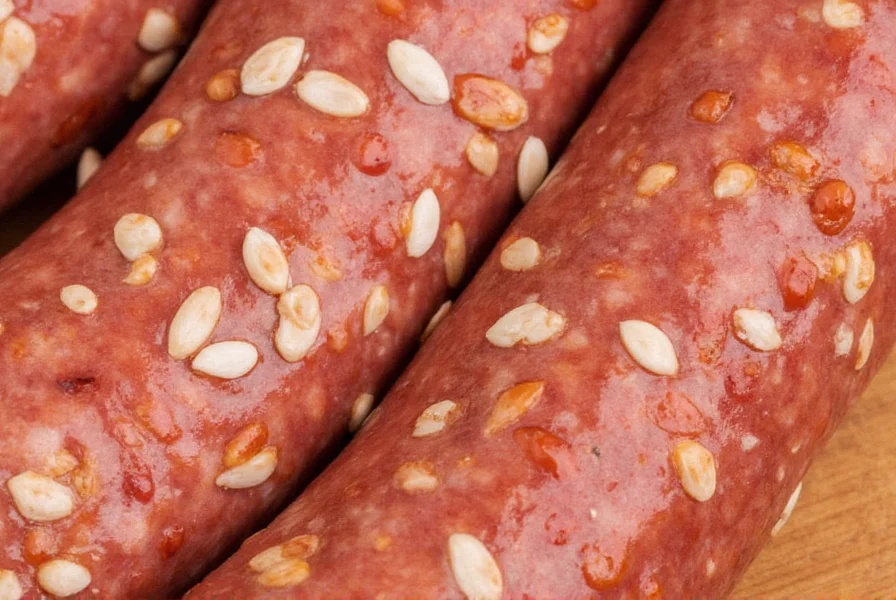
Buying Guide: Choosing the Best Seeds for Your Sausages
| Product Name | Flavor Profile | Key Features | Best For | Recommended Brands | Storage Tip |
|---|---|---|---|---|---|
| Fennel Seeds – Organic & Whole | Sweet, fresh, slightly licorice-like | Eco-friendly packaging, non-GMO, sustainably sourced | Classic Italian sausage, homemade breakfast links | Spice Hunter, Simply Organic | Store in dark glass jars; lasts 2 years |
| Caraway Seeds – Premium Quality | Earthy, peppery, slightly bittersweet | Hand-harvested, no additives, sealed freshness packs | Bratwurst, kielbasa, sourdough rye | Bobs Red Mill, Frontier Co-op | Keep away from light; freeze for extended freshness |
| Whole Coriander Seeds – Fresh Roast | Citrusy, herbal, warm finish | Freshly roasted in-house, air-tight containers | Lamb sausage, Eastern European blends | McCormick Gourmet, Badia Organics | Buy whole seeds; grind just before use |
| Anise Seeds – Natural and Whole | Strong licorice note, sweet undertone | Pesticide-free, gluten-free certified | Mediterranean-style lamb sausage, paella sausages | Nature’s Way, Starwest Botanicals | Use within 18 months; avoid moisture exposure |
| Cumin Seeds – Unroasted Raw | Smoky, warm, mildly bitter | Raw form allows for custom roasting, organic certified | Chorizo, goat meat blends, spiced pork | Mountain Rose Herbs, Frontier Bulk | Toast before grinding for chorizo; store in cool, dry place |
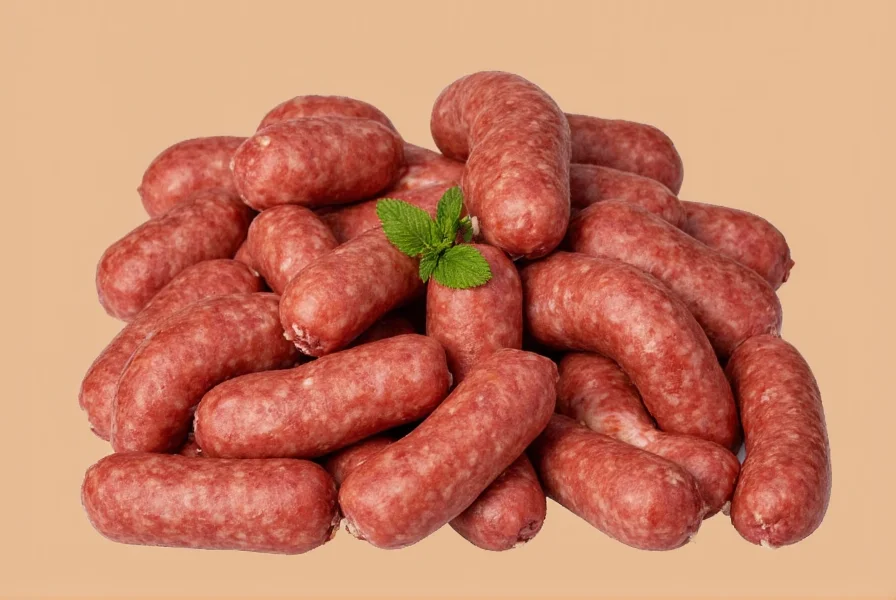
Tips for Storing Seeds Long-Term
- Always store in airtight containers away from light and moisture.
- Buy whole seeds whenever possible—they retain flavor 3x longer than ground versions.
- Label containers with purchase dates; most seeds stay potent for 18-36 months.
- Freeze seeds for long-term storage (up to 5 years) without flavor loss.
Frequently Asked Questions
Can I substitute one seed for another in sausage recipes?
Yes, but with precision. Fennel and anise are similar but not interchangeable—use half the amount of anise due to its intensity. Caraway and coriander share earthy notes but differ in depth; substitute 1:1 only in non-critical recipes. For authentic German bratwurst, never replace caraway with cumin.
Do seeds affect the color of sausage?
Yes, subtly. Caraway may darken mixes slightly, while fennel keeps a neutral hue. Cumin adds warm brown tones. Color changes are minimal with proper quantities (under 1 tsp per pound), but excessive use can cause uneven discoloration.
Are there seeds I should avoid in sausage?
Absolutely. Avoid ornamental seeds like poppy or mustard unless certified food-safe. Never use seeds from non-culinary sources (e.g., garden flowers). For allergies, skip anise if sensitive to licorice. Always choose USDA-certified organic seeds for safety.
How do seeds impact sausage shelf life?
Properly stored seeds extend shelf life by preventing oxidation. Toasted seeds in airtight containers can keep sausages fresh 20% longer. However, excessive seed use may introduce moisture, reducing shelf life—balance is key.
Conclusion
Seeds are the unsung heroes of sausage making, transforming simple meat blends into complex, textured masterpieces. By selecting the right seeds, toasting them properly, and storing them correctly, you can elevate homemade sausages to professional quality. Whether crafting Italian sausage or German bratwurst, these tiny ingredients deliver big flavor—so experiment confidently and enjoy every crunchy bite!
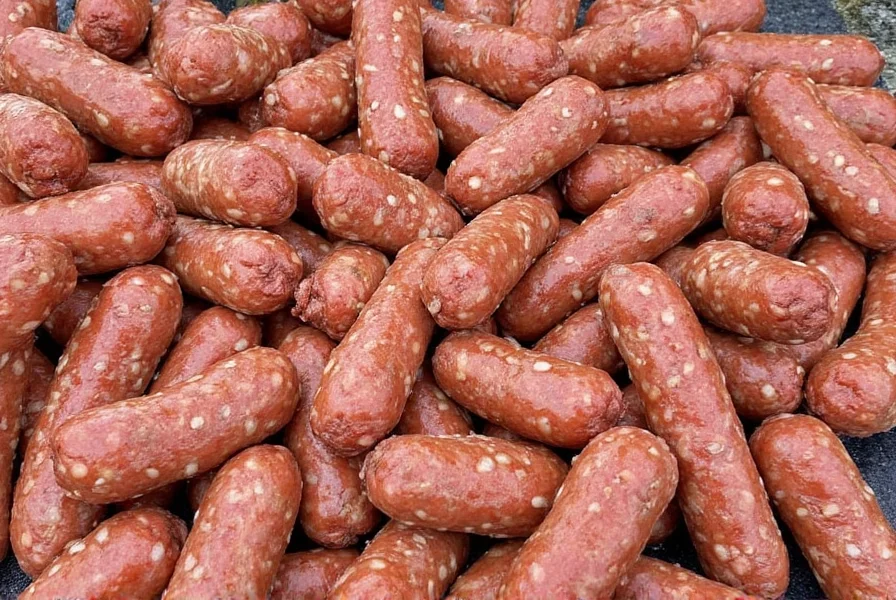










 浙公网安备
33010002000092号
浙公网安备
33010002000092号 浙B2-20120091-4
浙B2-20120091-4